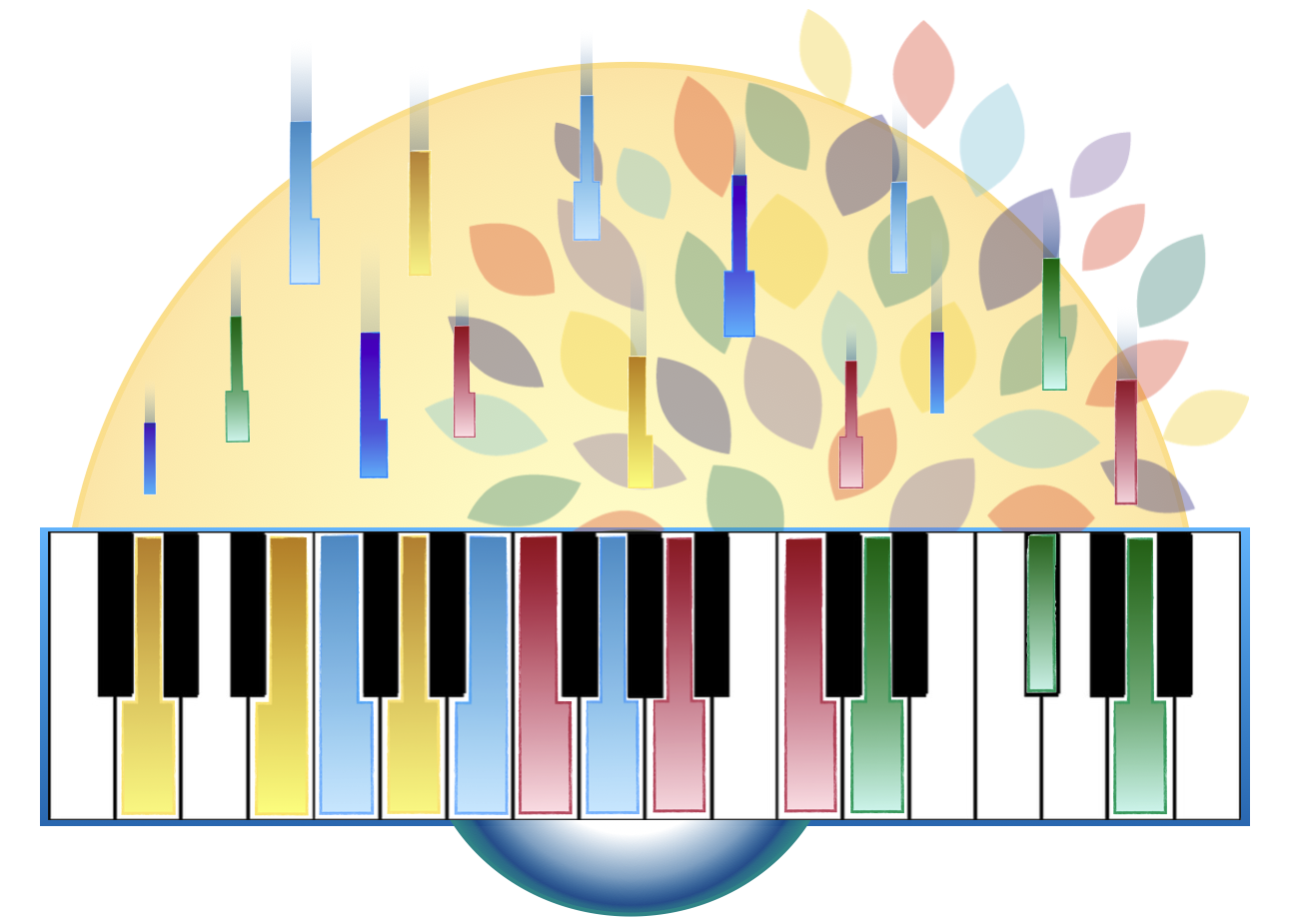
The piano is a harmony instrument. Unlike solo line instruments such as horns or the voice, the piano can play multiple notes at once to create harmonies.
Probably the easiest way to create good-sounding harmonies on the piano is to play chords, which are special combinations of notes played at the same time. Chords are used in everything from classical music to rock music, and often create the harmonic groundwork over which the melody happens.
Using the piano to play chords is a very natural and common way to use the instrument, but it can be daunting to try and figure out how to play chords, and which chords to play. Fortunately, we see many of the same combinations of chords in lots of songs and pieces, so you can actually learn the chords for a lot of music by learning a select few chord combinations.
In this article, we’ll show you the basic construction and method of playing chords on the piano, and show you some of the most common chord combinations used in songs.
How to Find Chords on the Piano
Chords on the piano are built in 3rds (also known as skips). We have two kinds of 3rds: major and minor:
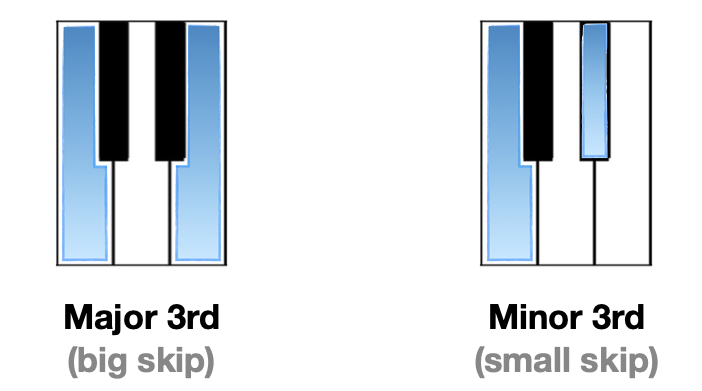
We stack different types of 3rds to get different types of chords.
The technical name for the most basic, three-note chords is triad. For this article, we’ll refer to triads simply as chords.
If we stack a minor 3rd on top of a major 3rd (thinking of the left side of the piano as down, and the right side as up), we get a basic major chord. Let’s look at a C major chord on the piano:
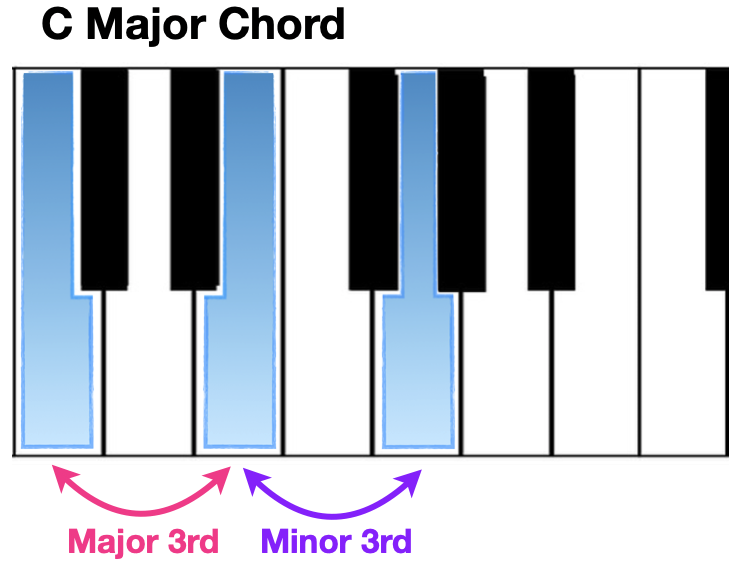
If you play these notes together, you’ll hear the characteristic, “happy” sound of major.
Another type of chord we regularly see is the minor chord. To get a minor chord, we flip the 3rds, so that the minor 3rd is on the bottom, and the major 3rd is on top. On the piano, this means that we have to move the middle note down one half-step, to the black note Eb:
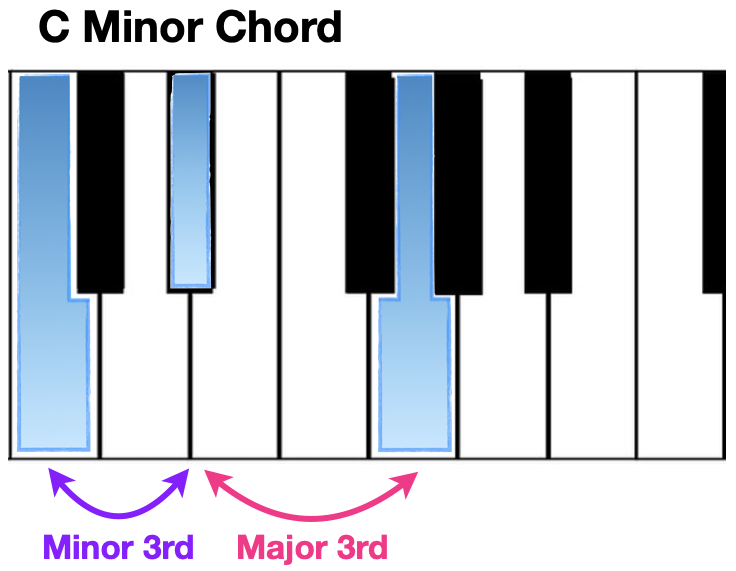
Playing these notes will give you the more somber sound of minor.
Want to know more about combining different types of 3rds to get different chords? Check out this more detailed article from our, What are Keys? article series.
How Chords Work in Songs
Many songs use one or two scales to determine what kinds of notes they contain. For example, a song using the C major scale will typically have a melody that uses the notes of the C major scale.
The scale is also used to determine which chords get used for the song. In many cases, the only chords a song will use are those based on the notes of the scale. To help us understand this, we’ll refer to the notes of the scale as scale degrees, which are named using numbers up from the first (bottom) note:
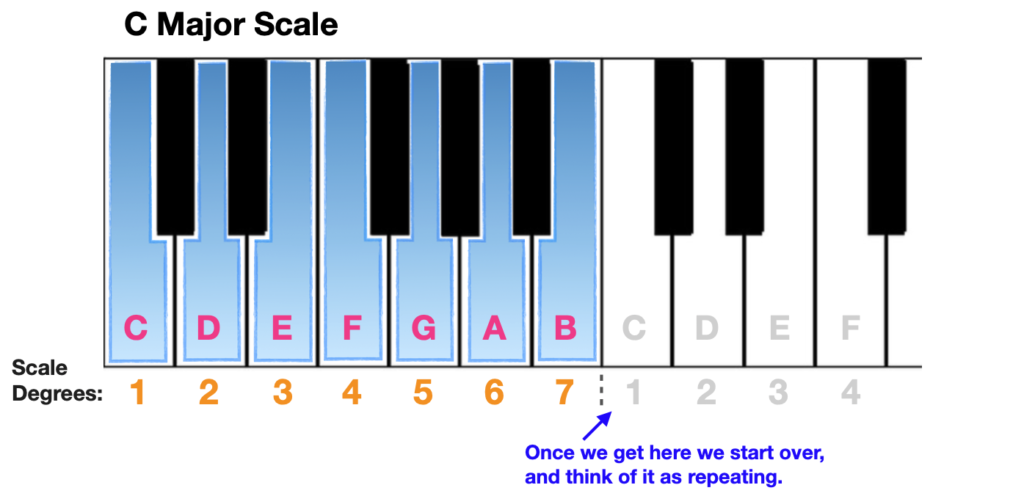
Using scale degrees gives us a clear set of options for which chords we can build. Remember, we build chords by stacking 3rds, so if we stack two 3rds on each of the scale degrees of the major scale, we get a total of seven chord options:

Don’t worry if you can’t really read the notes - we’re going to look at them all on the keyboard in just a moment.
These chords are all built using only the white notes of the C major scale. All you have to do to play these chords is to find the bottom note (called the root) and play two skips up in white notes.
Notice the labels on these chords; even though we’re only playing white notes, we have different types of chords going up the scale. This happens because the size of the skips is naturally different between the scale degrees. It’s a very important part of how we find and use chords in songs.
By the way, the abbreviated versions of the chord labels below the names in the diagram above are called chord symbols when seen in music. Pop music, rock, and jazz all use forms of music notation that feature nothing but these chord symbols and the song melody.
Chords of the Major Scale
Let’s look at all seven of the chords that can be built on the scale degrees of the major scale on the keyboard. For this we’ll use the C major scale.
It’s important to note that the types of chords built on each scale degree will be the same for every major scale. For example, the first chord in C major, built up from the note C, is a major chord. It will also be a major chord if we’re in the G major scale, the A major scale, the B major scale, or any other major scale. The second chord in the C major scale, built up from the not D, is a minor chord, and it will be a minor chord for every other major scale.
In the diagrams below, we’ll show you keyboard versions of the chords built from the scale degrees of C major, and also miniature versions from five other common major scales: D, E, F, G, and A. This way, if you’re trying to learn a song using, for example, the G major scale, you’ll be able to see what those chords look like on the piano as well.
Let’s look at the first one:
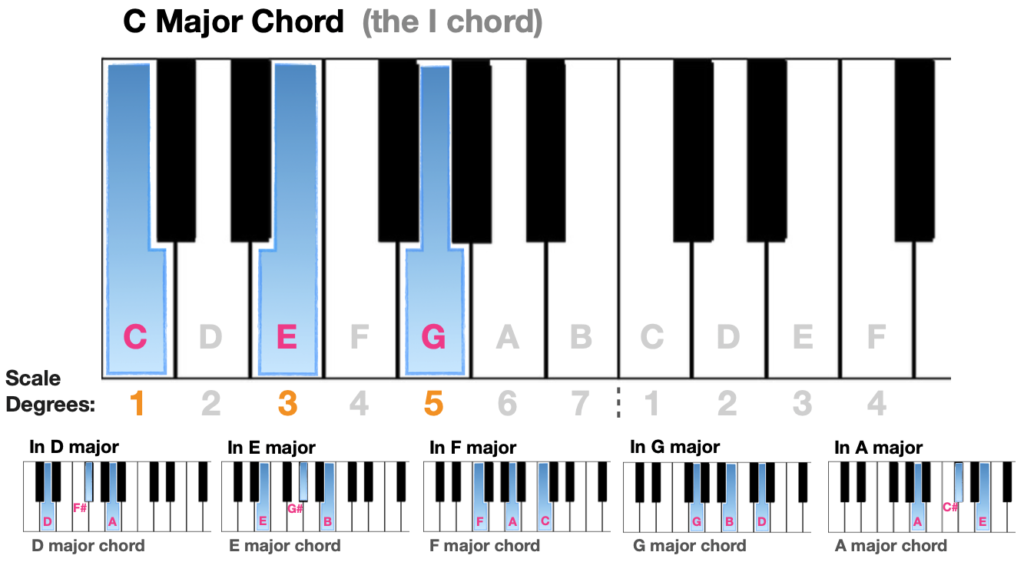
As you can see, we have the notes of a C major chord highlighted on the keyboard, with the names of the notes, and the scale degrees labeled below. We also have the miniature versions of what the first major chord would look like in the five other major scales. The text in parentheses is the chord’s Roman numeral designation - we’ll talk more about that in the next section.
Here are what the rest of the chords look like:
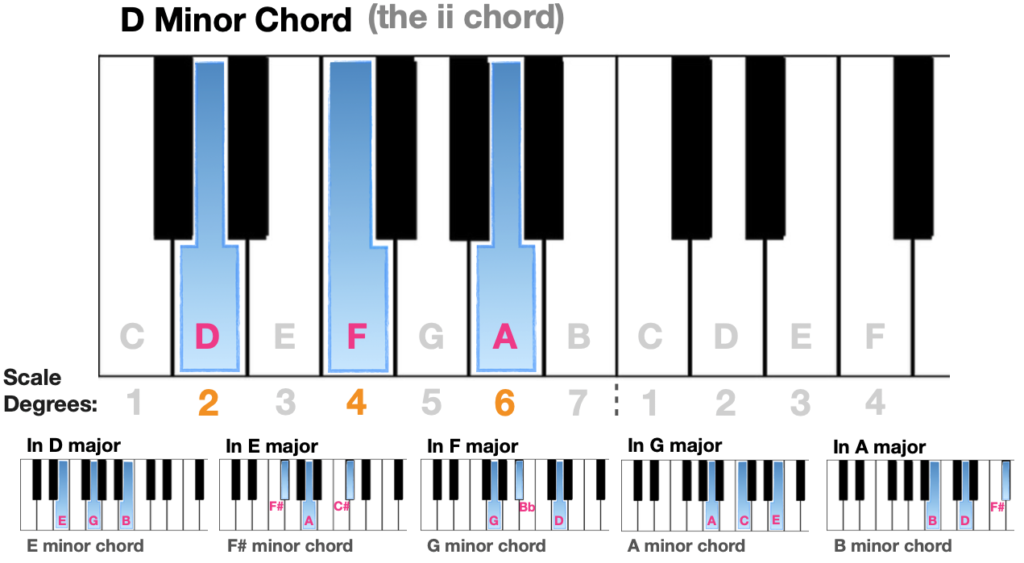
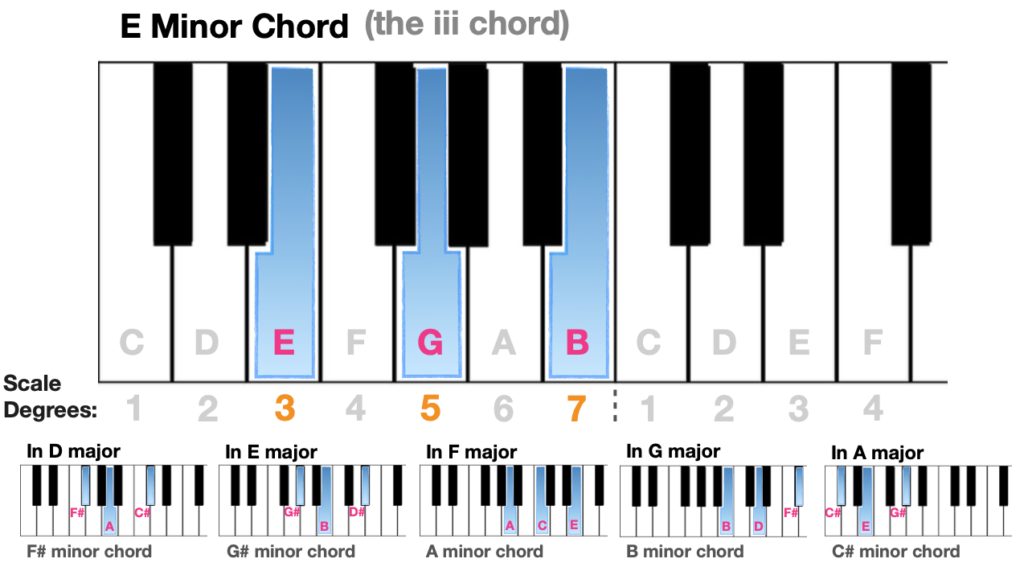
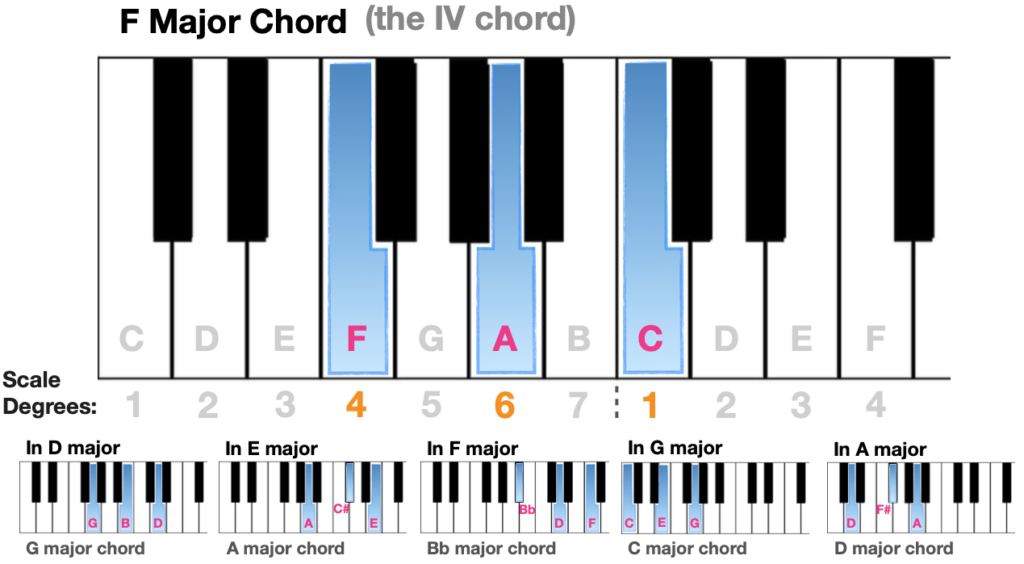
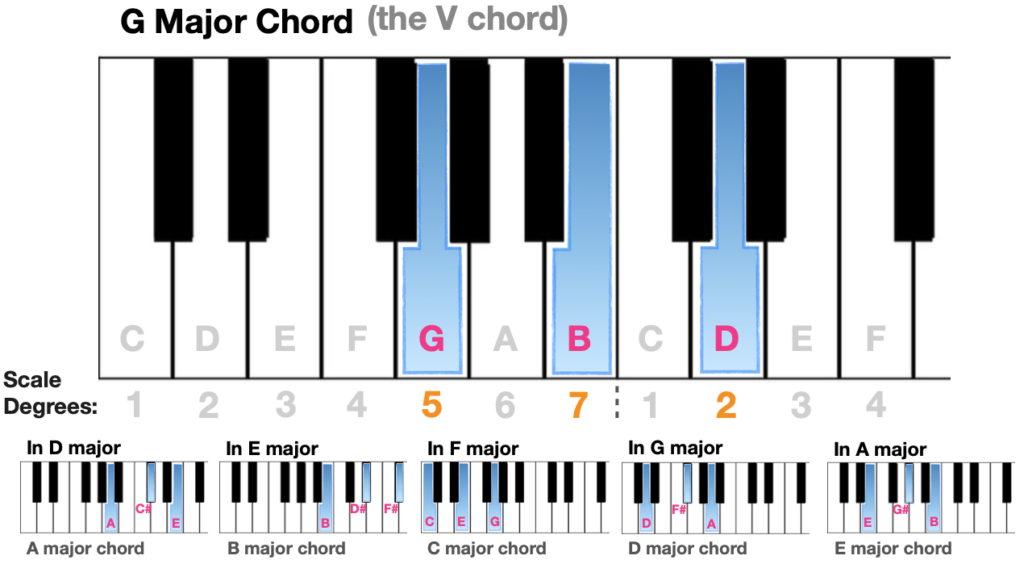
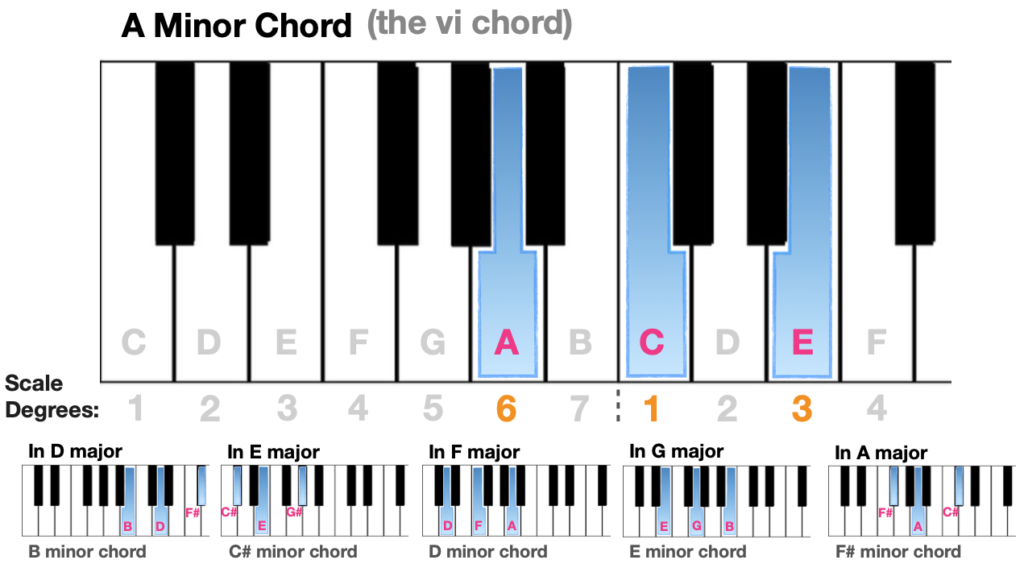
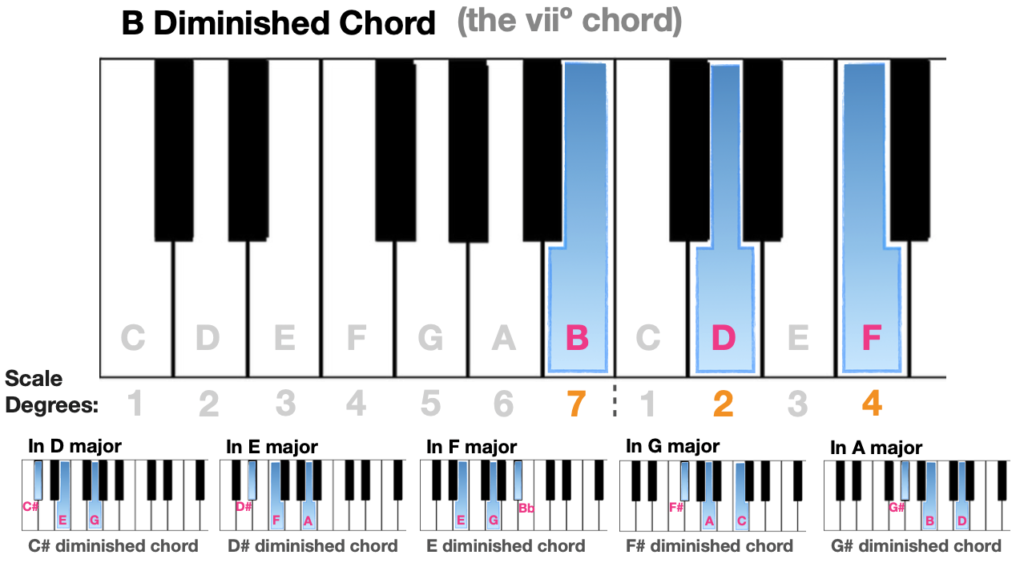
The chord in the last diagram is a different kind of triad called a diminished triad. It consists of two minor 3rds, and seems somewhat minor, but with a more dissonant sound.
Practice playing all of the chords of the C major scale. If you’re playing the chords in your right hand, you’ll use your 1, 3, and 5 fingers (thumb on bottom, middle finger on the middle note, and pinky on top), and if you’re using your left hand you’ll use 5, 3, 1. Once you become a little familiar with the feel and sound of the chords, try playing them randomly, identifying each as you play it.
Learning Chord Progressions
Now you know how to play some of the most common chords, but to learn how to play songs using them you have to know which combinations to play.
The combinations of chords that songs use are called chord progressions, and they form the harmonic basis for the rest of the parts of the song.
Surprisingly few chord progressions are used for a huge number of pop and rock songs, and even in jazz and classical music there are common chord progressions that get used over and over again. This is because some chord progressions are naturally more appealing to our ears.
Listen to the following very common chord progression:

It consists of the chords: C major, A minor, F major, and G major.
This chord progression has been used in numerous songs, including (list of songs).
Knowing the chord names for this progression is important, but what if you wanted to find this same progression in another key (another scale)? Would you be able to remember which kinds of chords go with which scale degrees and identify them easily?
To help with this, we use a system in which each chord of the chord scale gets a Roman numeral that tells us not only what degree of the scale it is, but also what type of chord it is. This way, if you have to find the same chord progression in another scale, you have something that tells you not only which scale degree to look for, but also whether the chord is major, minor, etc.
Here are the Roman numeral labels for C major. Capital (or big) Roman numerals refer to major chords, and lowercase (or small) Roman numerals indicate minor chords:

The degree symbol in the viiº on the seventh degree of the scale indicates that it is a diminished chord.
Now, instead of having to think of translating C major, A minor, F major, G major, C major, you can simply think: I - vi - IV - V - I.
Let’s try superimposing I - vi - IV - V - I onto the D major scale.
Here is the scale as it looks on the keyboard:
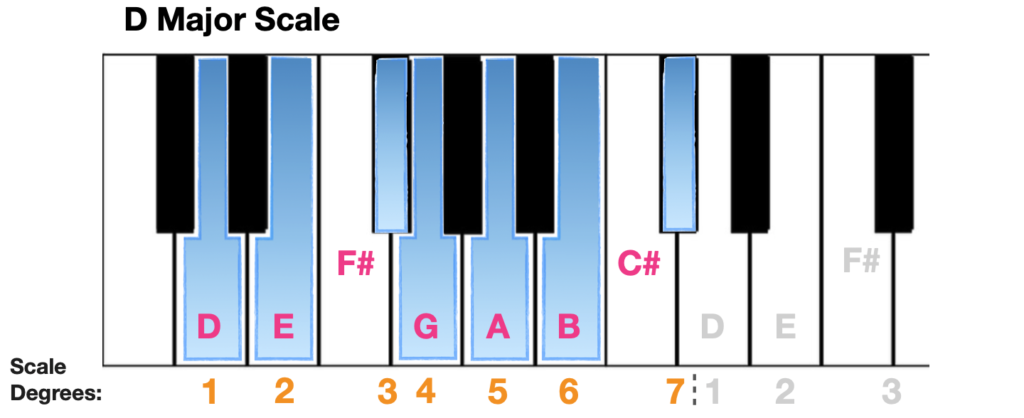
You could manually try to line up each chord from the progression in C with what it would be in D, but if you understand the Roman numeral method, finding your choices becomes much easier.
Which chord is the I chord? The first scale degree is D, and it’s a major chord: D major.
Which chord is the vi chord? The sixth degree is B, and the chord is minor: B minor.
Which chord is the IV chord? The fourth degree is G, and it’s major: G major.
Which chord is the V chord? The fifth degree is A, and it’s major: A major.
I - vi - IV - V - I in D major is: D major - B minor - G major - A major - D major.
Now you can use the keyboard diagrams in this article to find the chord notes in D major.
Here are some other commonly used chord progressions. Play through them and see if they seem familiar!
I - IV - V - I
I - ii - V - I
I - ii - IV - V
I - IV - ii - V - I
I - iii - IV - V - I
vi - IV - vi - V
vi - I - IV - V
One final tip when playing chords and chord progressions:
Chords are often played over time in a song. Instead of playing just one of each kind of chord, try repeating each chord in the chord progression a couple of times to stretch it out. This is how chords tend to work in real music. You could even try playing the chords with different rhythms, which will make things even more musical.
Thanks for checking out this article from Liberty Park Music! If you liked what you saw here, you can find more in our blog at libertyparkmusic.com. We also have a YouTube page! And if you're really ready to take your music training to the next level you can subscribe to our site and gain access to a full spectrum of piano, guitar, drum, and music theory lessons.
Sign up for our free newsletter
Useful articles for musicians
About the Author: West Troiano
West has over 10 years of teaching experience in settings that vary from private studios to college classrooms. In addition to teaching through traditional forms of piano pedagogy, West frequently produces music and teaching materials that cater to the needs of his students. Check out West's course on Piano Etudes for both beginners and intermediate pianists.


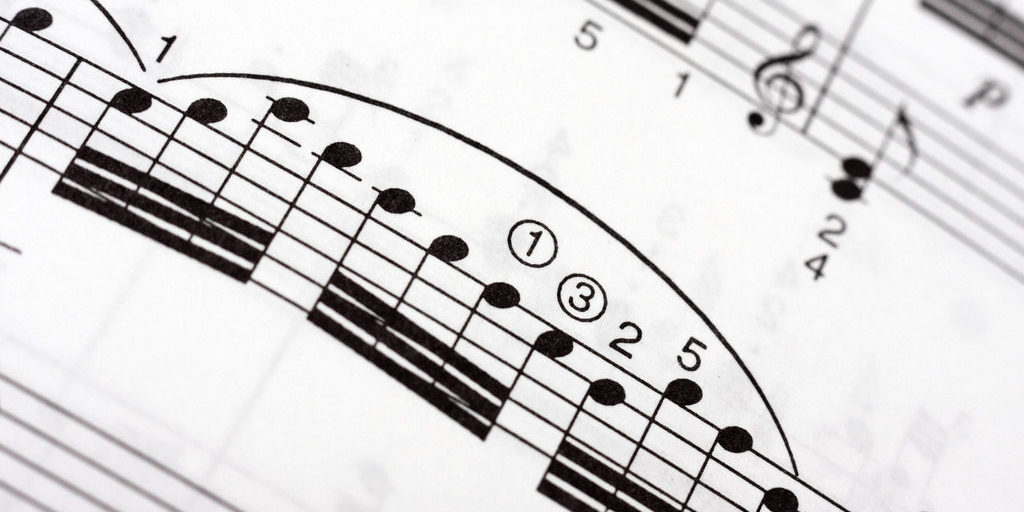
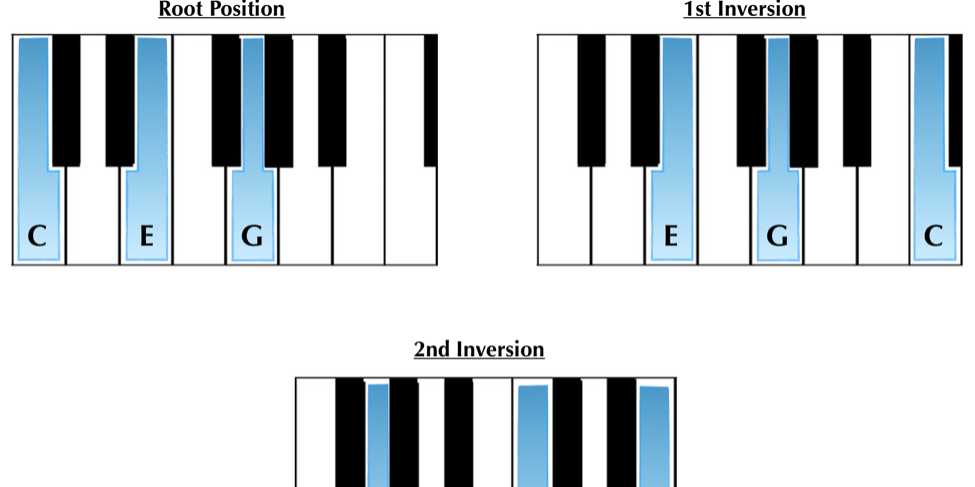
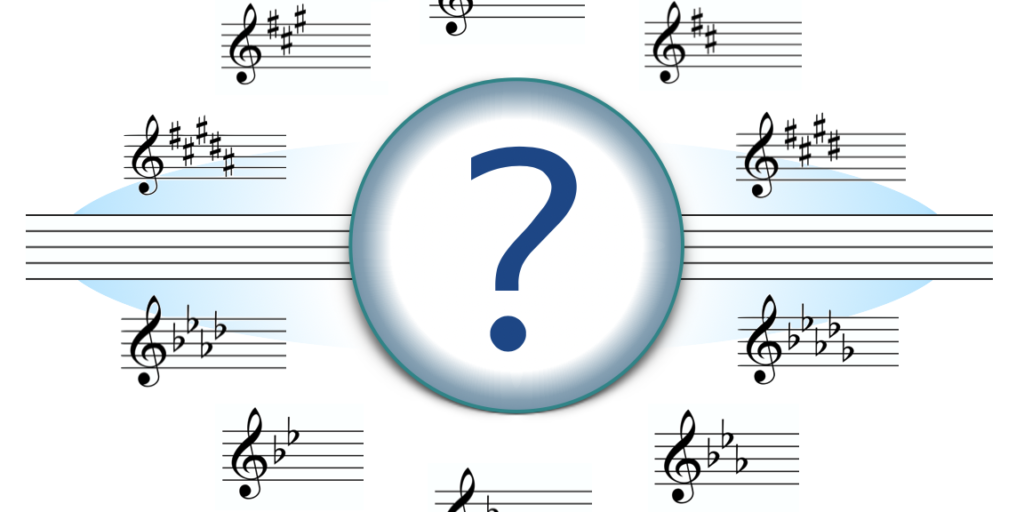
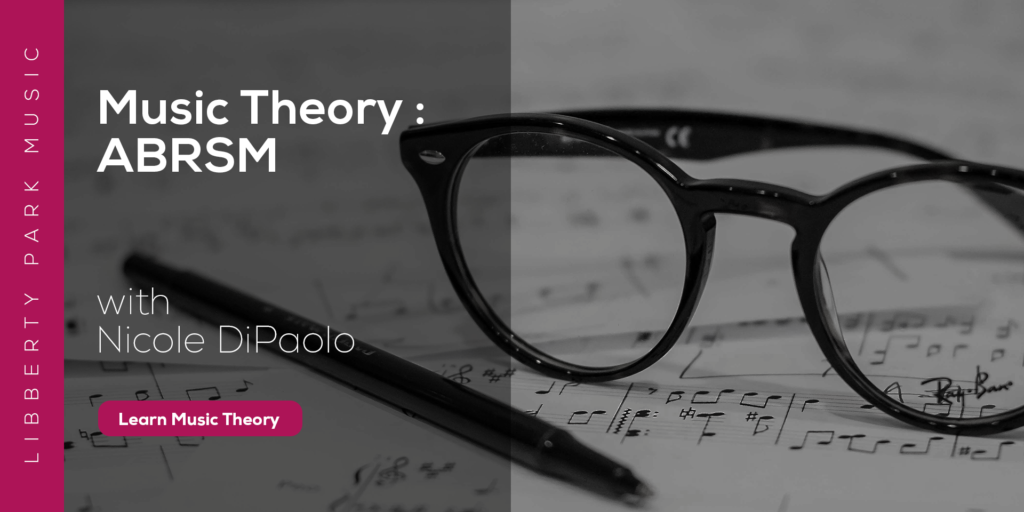
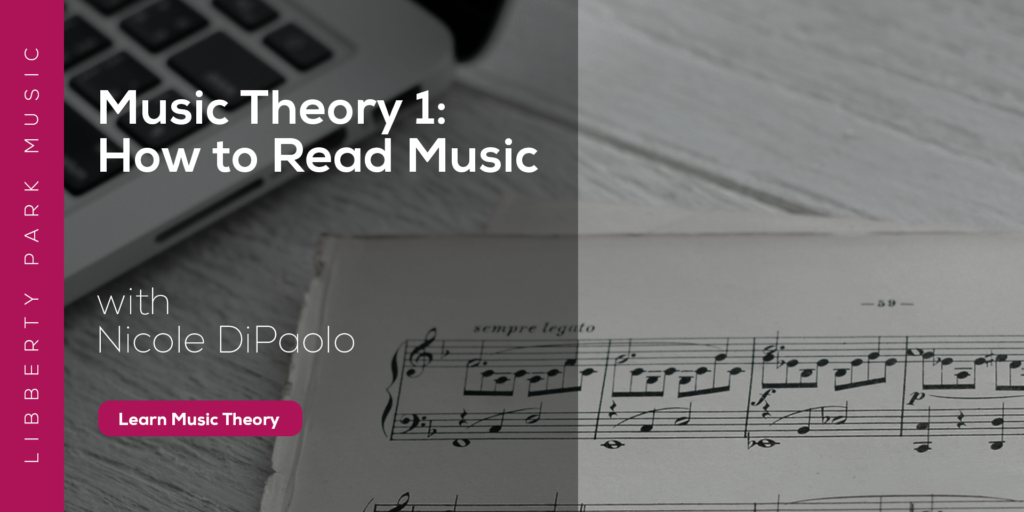
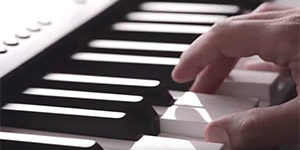
There is a typo in the ‘C Major Chords with Roman Numerals’ image. The F should be IV.
Nice catch Doug, we’ll make that correction. Thanks for keeping a diligent eye out!